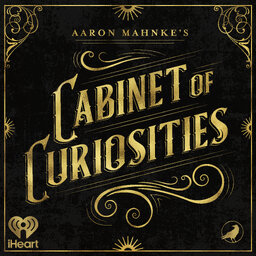Dumb Dee Dumb
Today's trip through the Cabinet will take us on a journey through darkness and stupidity. Both paths promise to be very curious.
Order the official Cabinet of Curiosities book by clicking here today, and get ready to enjoy some curious reading!
 Aaron Mahnke's Cabinet of Curiosities
Aaron Mahnke's Cabinet of Curiosities


